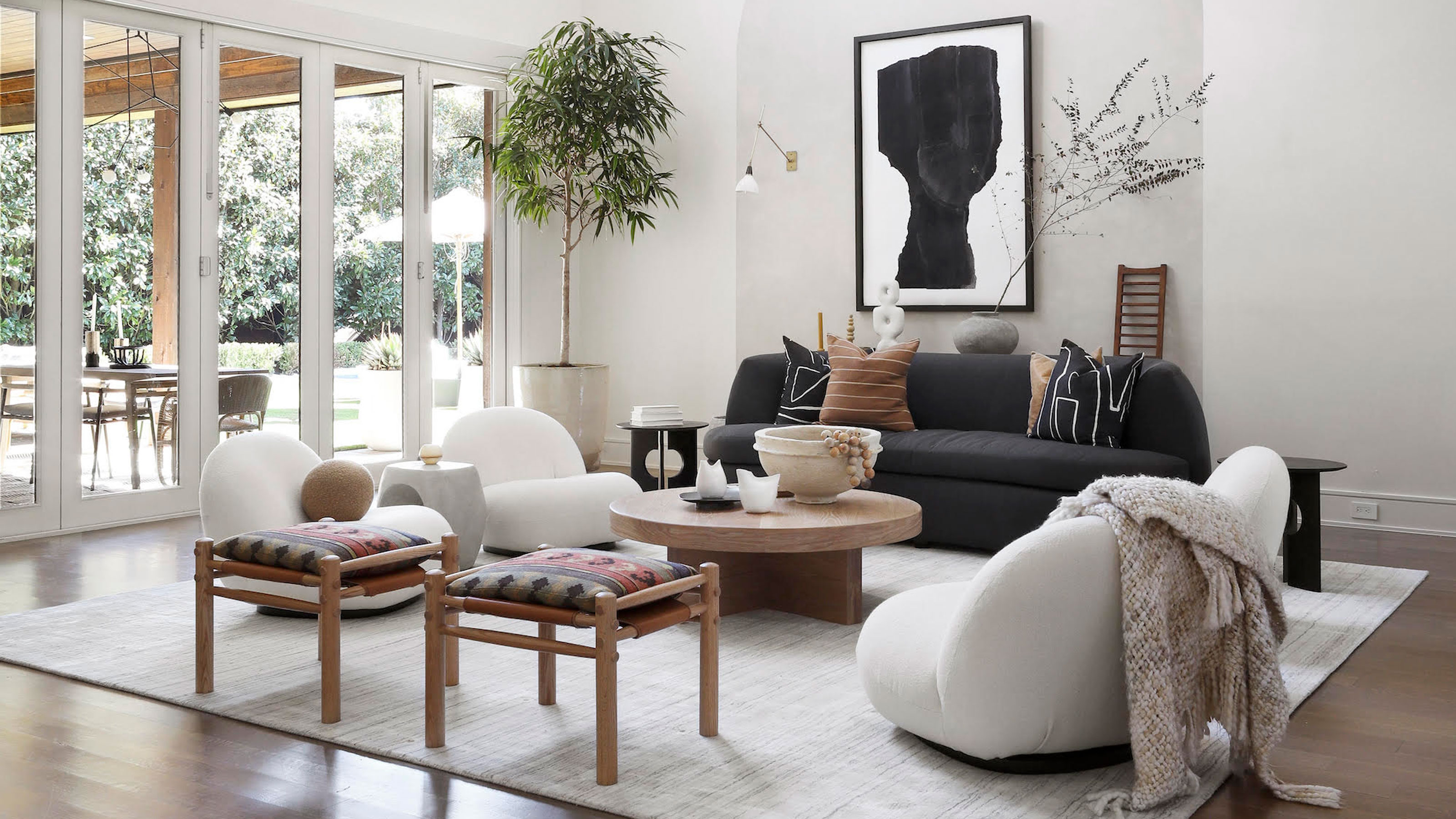
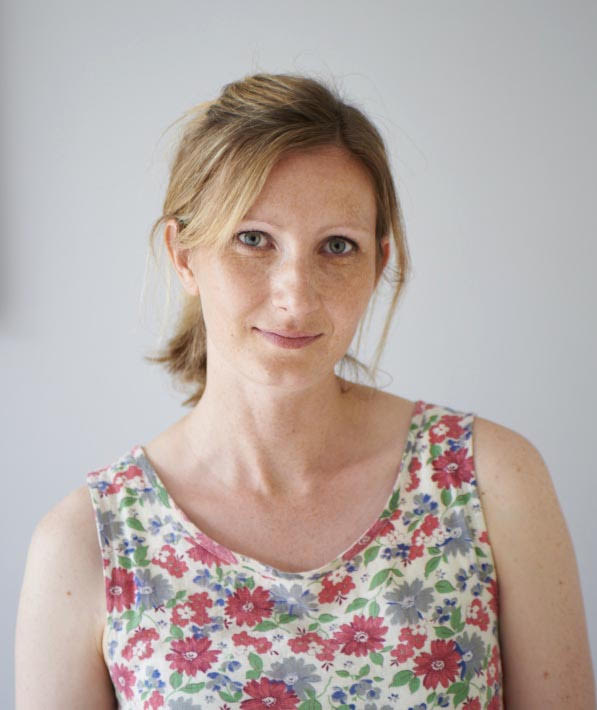
Although trends come and go, there are, in essence, 11 interior design styles that continue to be used albeit with color variations – you can adapt them to suit seasonal shades by changing your accessories.
Instead of opting to embrace home decor trends in your home, what’s fabulous about these interior design styles is that they represent the history of interiors – from the influences of the Victorian era to the iconic shapes of Art Deco and Mid-Century Modern, the details from each are diverse and help to shape interiors today.
We’ve asked the experts for their advice on what classic interior design styles they love best and how you can make them work within your home decor. It might be that you only love one look, and that’s absolutely fine – one is enough throughout a home unless you love an eclectic style and want to encompass a couple.
1. Traditional interior design styles
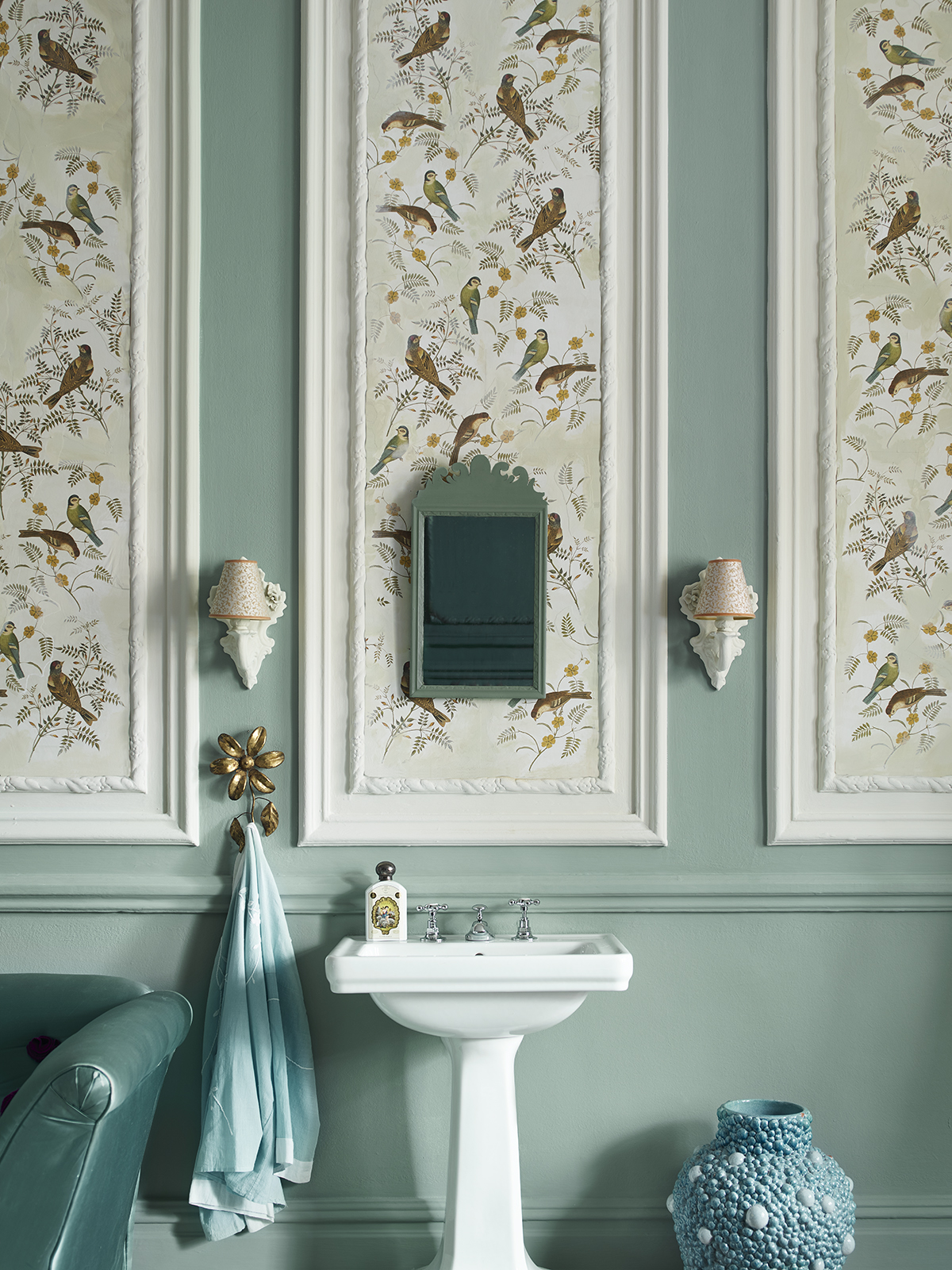
Classic good looks and beautiful detailing is what you get with the trad look. Timeless and full of character, this is ideal in a period property, but can also be utilized in a new build by adding coving, paneling and architectural details. Add a wallpaper panel or use decoupage like paint and color expert, Annie Sloan has here:
'There’s been a big resurgence in the decorative, Bloomsbury-style aesthetic recently and decoupage fits in to that perfectly. It’s a delightful decoration technique with so much history. My aim with my decoupage collection was to create a fool-proof way for everyone – beginner or expert – to bring creativity, craft and character into their homes, and transform their interiors into works of art.'
2. Mid-Century Modern
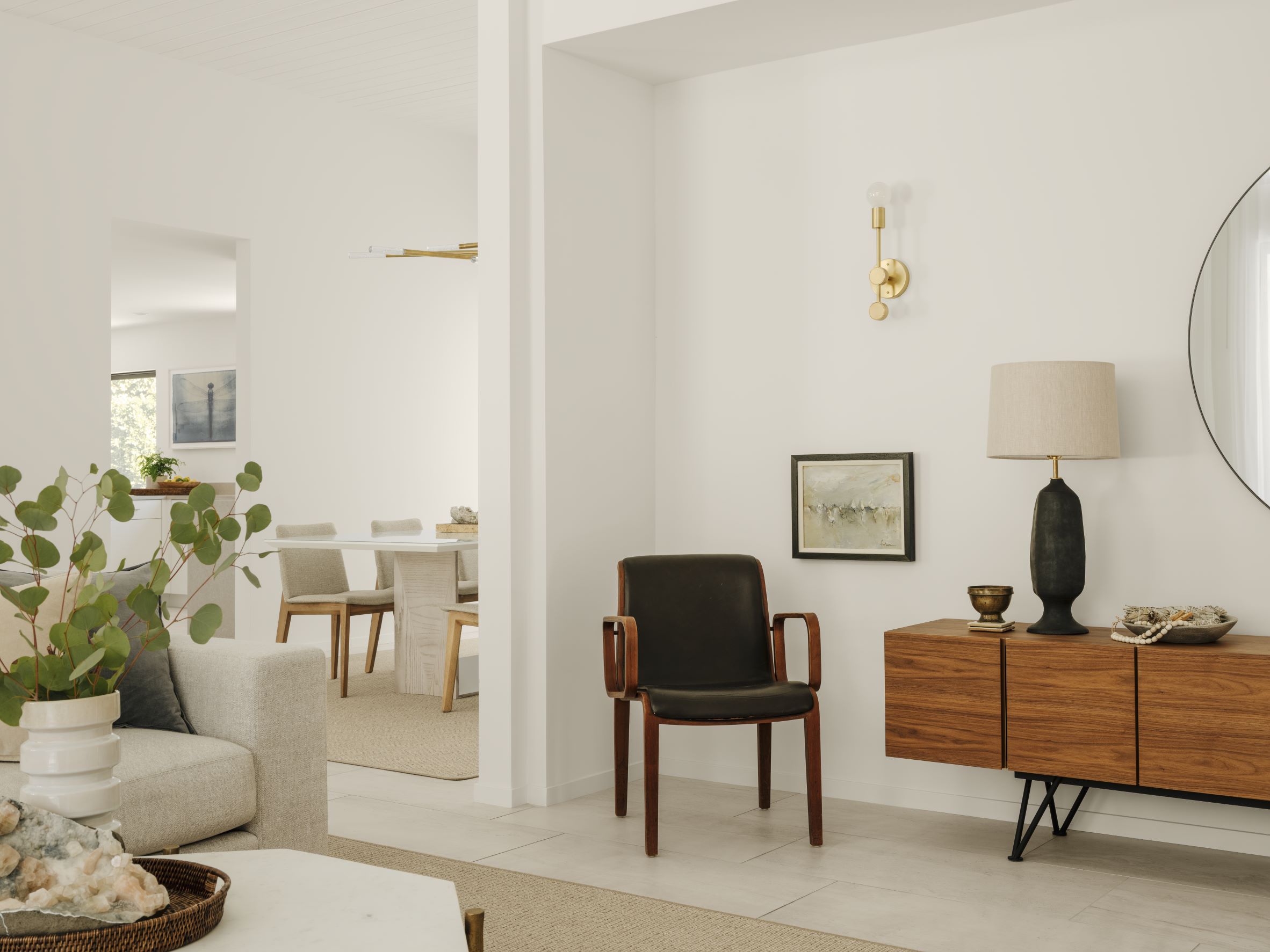
Mid-century modern or MCM originate from the 1950s and is recognized as a significant interior design style movement.
The furniture is what defines it and you'll see tapered legs, clean lines and curved corners. It's simple yet very effective and is part of the Modernist movement of the period. Function was important during the time and embellishments were seen as unnecessary, even fabric prints had a very graphic feel to them. The beauty of Mid-century modern ideas is that they work in any room of the home and are incredibly popular to this day – so if you see an original piece at a thrift store, grab it.
3. Contemporary decor styles
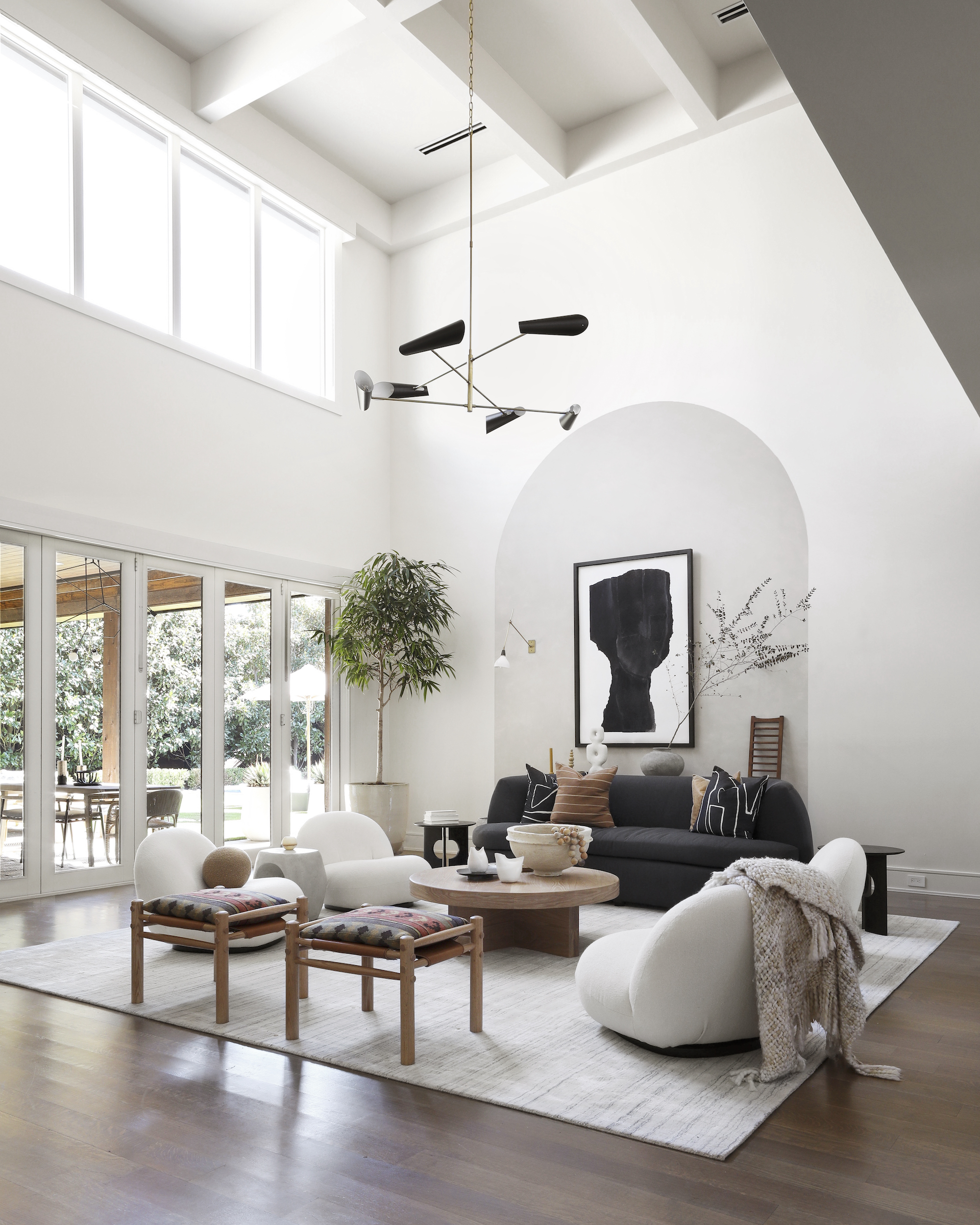
Contemporary and more often than not, luxurious, is a classic that oozes style. The look tends to be clean and understated but the details are what counts – think beautiful tactile fabrics like boucle and velvet teamed with curvy shaped furniture and slimline 'designer' style lighting. Colors are often muted with accents of black and gray.
Ginger Curtis, owner and principal designer at Urbanology Designs says:
'The timelessness of this style is that contemporary design is always changing. Contemporary design is currently embracing, and contemporary design is much more stark and sleek, extremely minimalist, with heavy use of metal finishes, and a more streamlined, sterile vibe.'
4. Modern Country
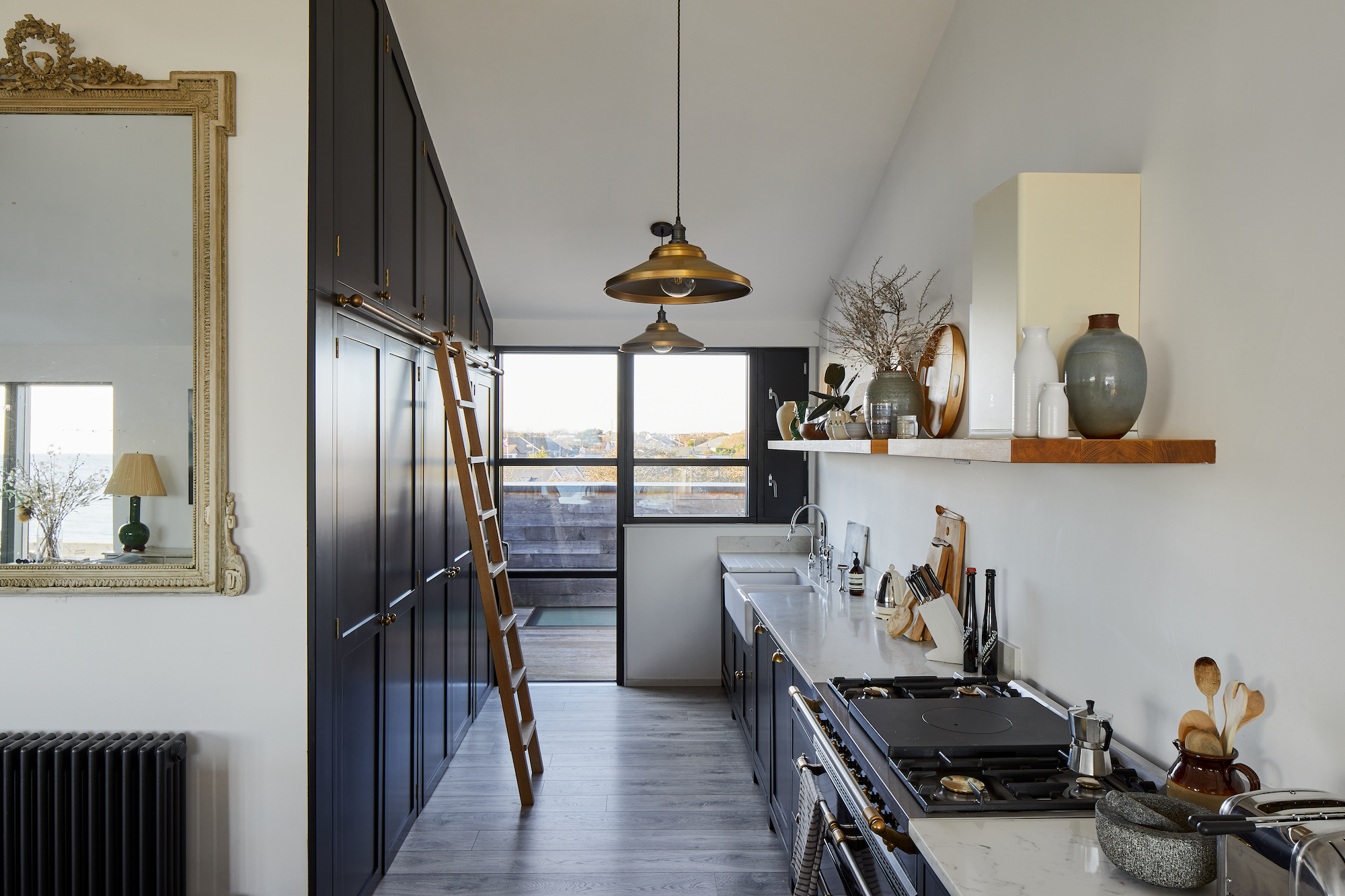
A relatively new look, modern country has the characterful elements of country but with a more streamlined approach. Bring the outdoors in with plenty of natural materials like wood, natural stone, sheepskin and linen.
This look is authentic and considered and the color scheme is light and neutral but with some darker tones. You can use subtle pattern too to bring in warmth – stripes and checks with some graphic prints will look great.
5. Farmhouse

Rustic and charming, farmhouse decor ideas are all about creating a warm and cozy feel with deep nurturing colors.
This calming sage green bedroom idea is the ideal choice, team it with white painted furniture, oatmeal and rust textured blankets, slubby linen cushions and a pleated lampshade. Create a gallery wall idea that has authentic paintings and drawings in subtle shades of green, taupe, gray and black. Finish with artisan pieces – hand thrown jugs, vases and bowls.
6. Rustic decor
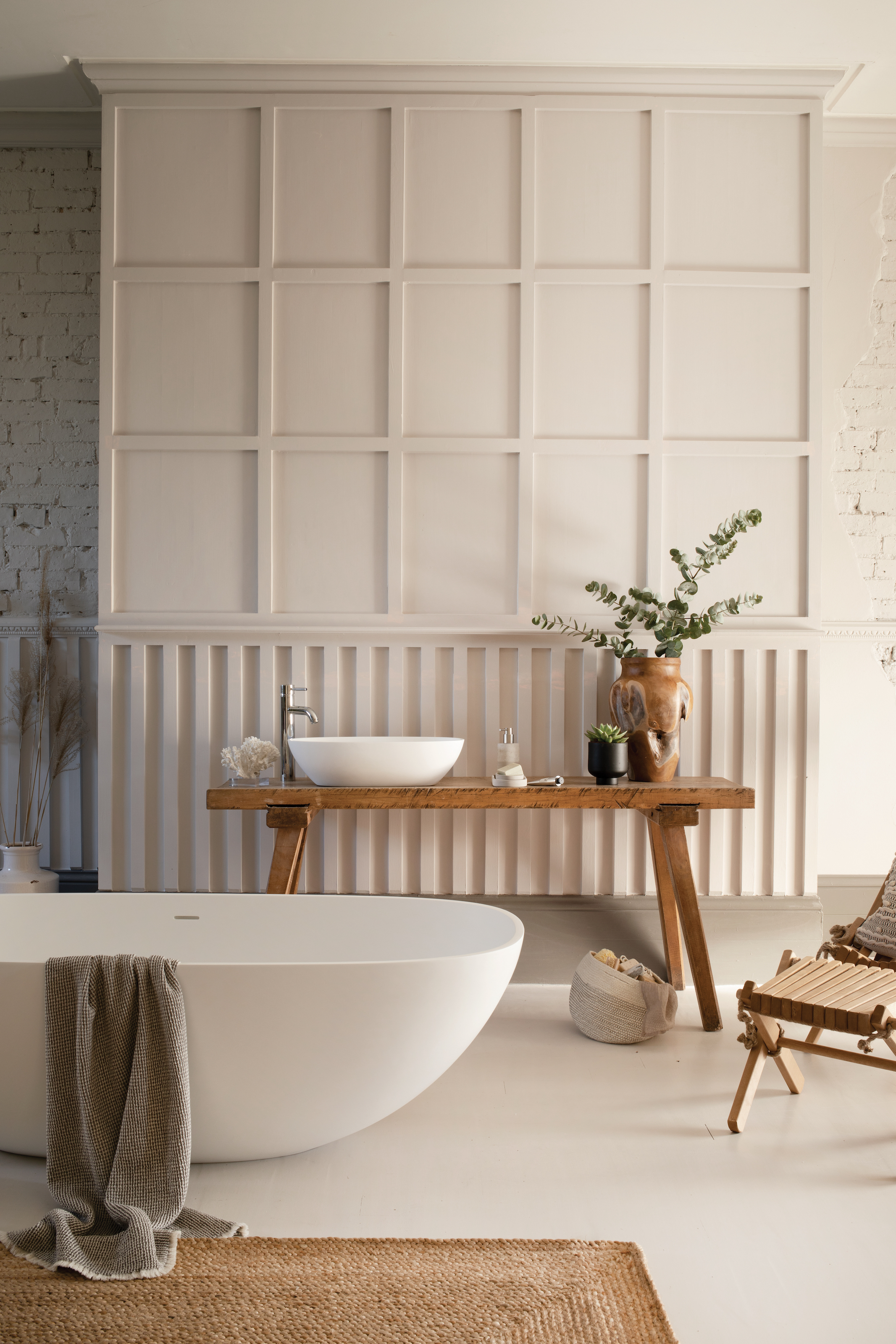
Think exposed beams and rugged beauty. This interior design style is relaxed and casual, practical yet natural. It's not dull though, the palette is earthy and grounding with ochres, rusts, creams, whites and stone and it works well with reclaimed materials and furniture teamed with a contemporary shaped tub as can be seen in this stylish neutral bathroom idea.
7. Industrial look
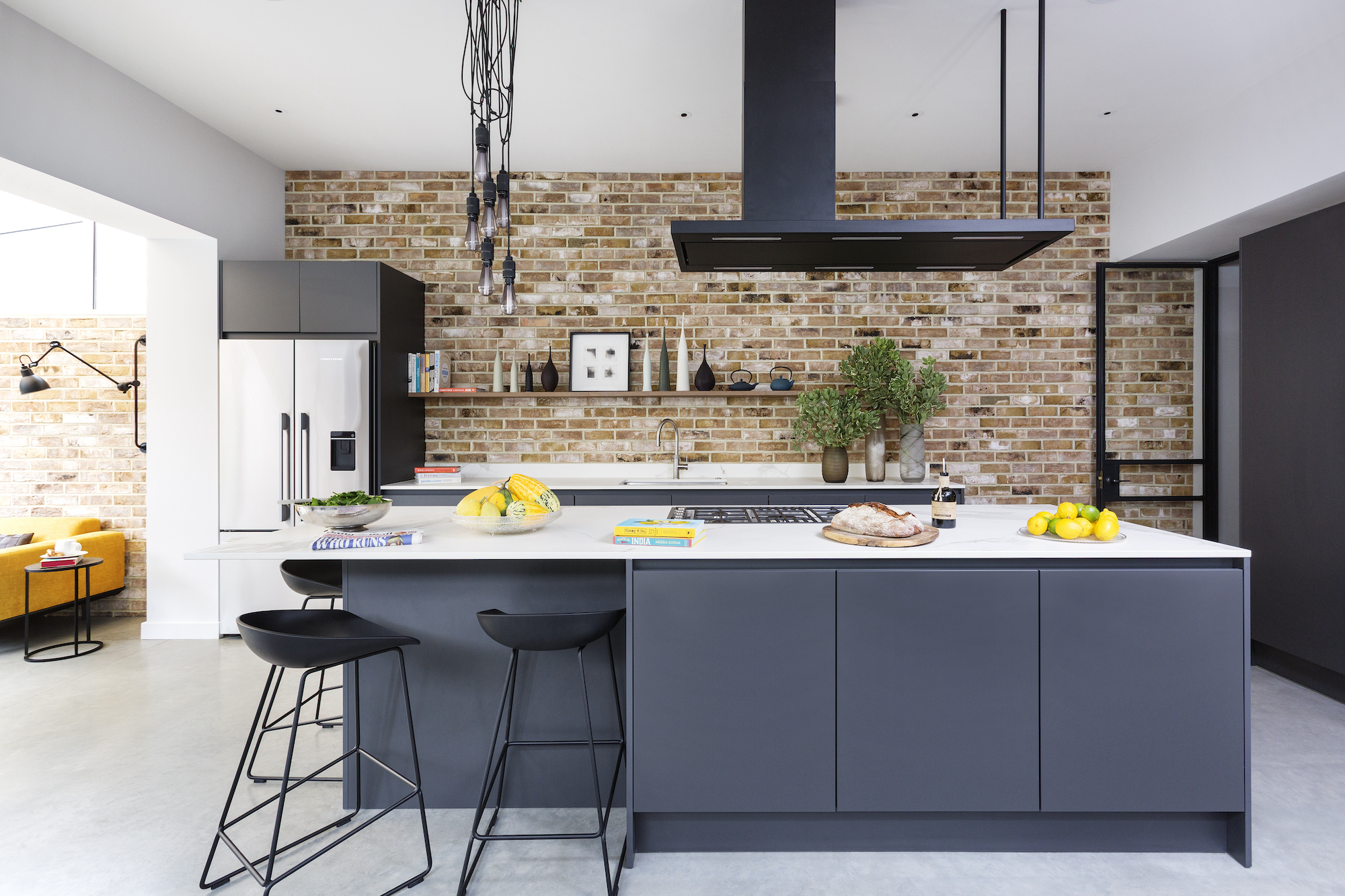
This interior design look is inspired by repurposed factories and warehouse living. Open plan living room layouts and exposed architectural features like metalwork, brick and endless windows are the key elements. The color palette is cool with shades of gray, taupe and stone.
The overall look is minimalist with Edison style bulb lights, low slung couches and metal and wood furniture.
Caroline Milns, head of interior design at Zulufish explains:
‘The raw and exposed feel of an industrial style kitchen works in harmony with the functionality of this particular room in the home. Typically featuring striped back materials such as concrete, brick and metal, the key to a successful industrial feel is to carefully consider the combination of these differing materials; this will ensure the overall finish is a softer aesthetic with plenty of character and depth.'
8. Beach House
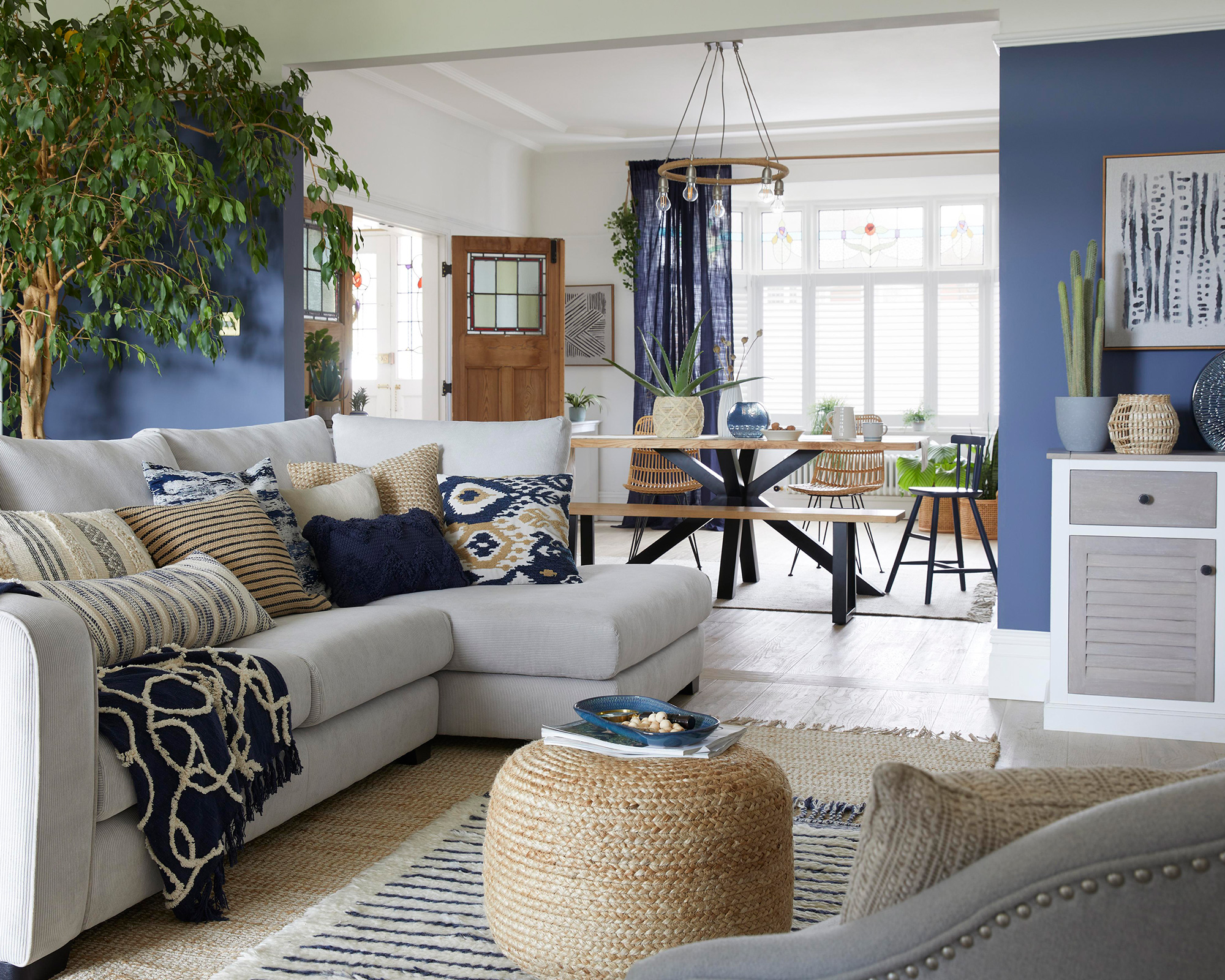
Where would we be without the quintessential beach house interior style? Blues and whites, seaside motifs and wooden accessories, this look is loved by many and it's easy to see why.
Even if the sea is hundreds of miles away this look can be yours – create a laid back feel with coastal colors, shiplap walls, driftwood pieces, super comfy couches and armchairs and slubby textured rugs.
9. Art Deco

Another blast from the past, but one that keeps re-emerging better than ever, with a more contemporary twist. The Art Deco interior design style is certainly full of glamor and it's your go-to if you love metallics, color and symmetry.
Originating from the early 20th Century, it was a brief few years of fun and frivolity that resulted in the Art Nouveau movement that's became so iconic. The color palette covers both striking and pastel shades – a bold electric blue teamed with an ice cream pink, or apple green mixed with primary yellow.
10. Maximalist
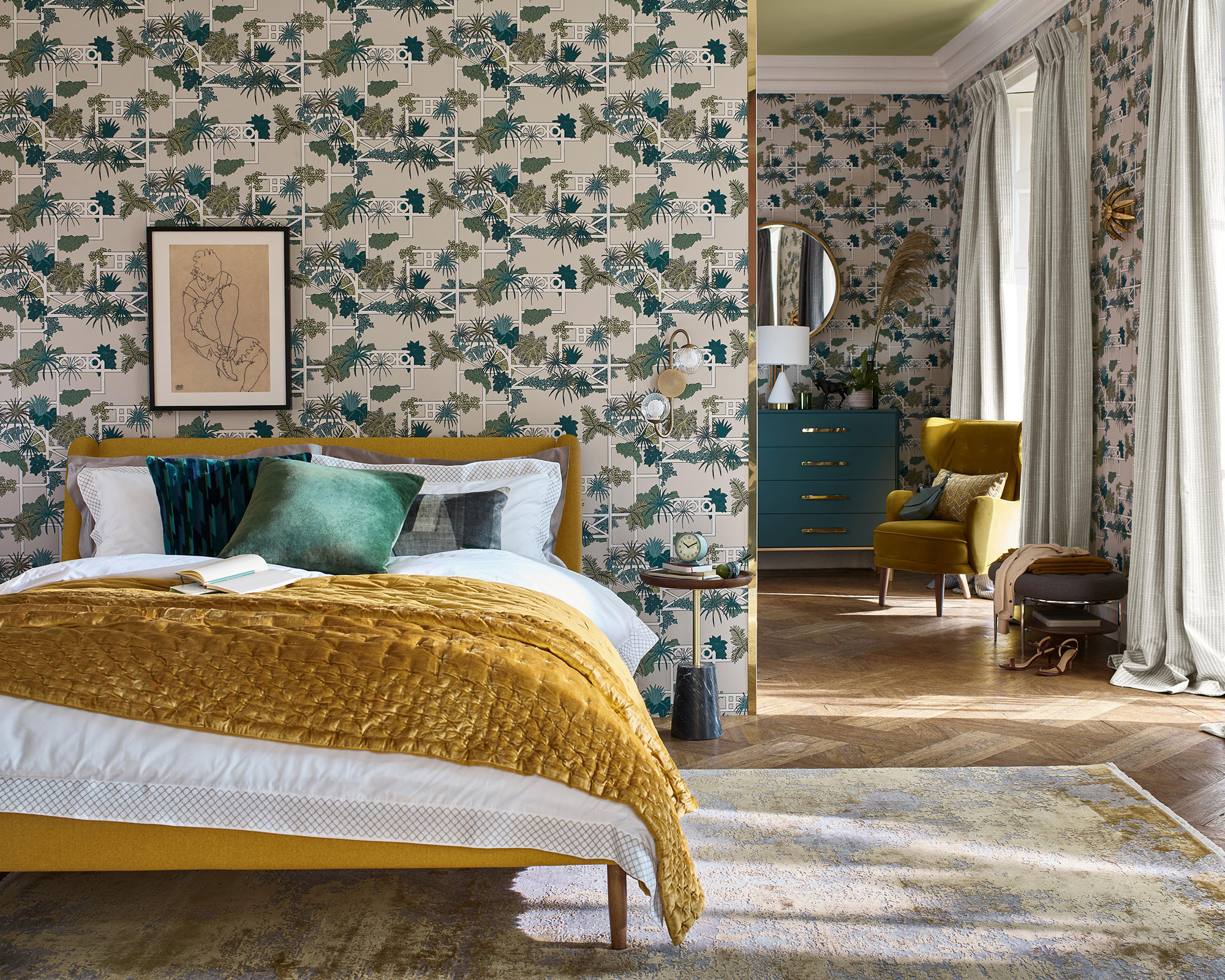
There are no rules in maximalism which makes for a blooming fun and fabulous decor style to adapt. Patterns clashing, highly saturated colors, layers of texture and oversized accessories and artworks.
This is about decadence but with style, so be brave and enjoy the process – put that favorite ditsy floral wallpaper idea next to a graphic print DIY upholstered headboard and have your bed pillows trimmed in fringing, choose bold shapely vases and fill them with tall blooms, there's no off button with this look.
11. Minimalist

For those who love the de-cluttered way of life, minimalism is for you. Only the essentials are out on view and they need to be beautiful. Built-in storage with everything in its place and the philosophy of only have what you really need.
Colors are neutral and often white. Marble offers a sophisticated pattern and helps to create a cool, pared back vibe, like in this slick marble kitchen.
What is the most popular interior design style?
This is almost impossible to answer as it's down to personal choice, but we asked some experts what they think is the most popular interior design style:
'Contemporary design is popular and ever-changing. It is currently a style that incorporates a lot of smooth, sleek finishes and materials. Incredibly minimal, with less of a focus on organic materials or shapes. Stark colors have a bit of a colder feel. This is one of the number one design styles that men gravitate towards!' says Ginger Curtis, owner and principal designer at Urbanology Designs.
'One of the most popular interior styles at the moment is modern-country. Introduce raw materials such as wood, exposed brick walls and stone and combine these with a neutral color palette for a rustic, yet on-trend look. By opting for reclaimed wood and salvaged pieces a truly unique look can be achieved, that embraces a connection to nature and often the property’s heritage,' says Alex Main, director of The Main Company.
'Individual style. As consumers are becoming more design savvy than ever before, there is much more of a move towards creating a style that is personal and unique, reflective of their own lives and supportive of their needs. One of the most important parts of the design journey is to firstly understand how they live within their homes from the very outset, this is so vital to being able to create a home that works for them. Once that framework has been carefully considered we then look to layering in materiality, color and texture, and this is very much a subjective process.
Quite often clients find that the preconceived ideas that they had beforehand have now changed as the architecture and design has evolved, and our role as designers is to challenge preconceived concepts and to offer ideas that many not have considered before, it is very much a collaborative process,' Caroline Milns, head of interior design at Zulufish.
What is timeless interior design?
'It is a space that perfectly marries function and form. Timeless design is seamless, it transcends trends and at is heart is good design – a problem solver that draws on quality and craft to ensure longevity,' says Caroline.
'A timeless interior is one that will stand the test of time, regardless of trends. Often this can include working with a neutral color palette or organic materials that exude a calm, soothing feel. Often these pared-back tones are used as a base, with color or pattern introduced as an accents through accessories, which can easily be swapped out or changed,' says Alex.
How do I choose a design style?
'Spend time researching different styles through the many visual sources available, such as magazines, Instagram and Pinterest – all brilliant sources for information and with imagery that can be added to mood boards, which help to build a wider view of the particular styles you are most draw too. However, don’t feel limited by this, there is always a new way to combine differing ideas together and find your own unique style,' advises Caroline.
'When choosing a design style this is 100% a personal decision, start by creating a mood board either physically or digitally and collating things that inspire you – this will help you to realize what it is you do and don’t like. This is also extremely helpful if working with an interior designer as it offers them an insight into what it is you’re naturally drawn to, so that they can help you bring this vision to life,' adds Alex.
Join our newsletter
Get small space home decor ideas, celeb inspiration, DIY tips and more, straight to your inbox!
Sophie has been an interior stylist and journalist for over 22 years and has worked for many of the main interior magazines during that time both in-house and as a freelancer. On the side, as well as being the News Editor of indie magazine, 91, Sophie trained to be a florist in 2019 and launched The Prettiest Posy where she curates beautiful flowers for the modern bride.
-
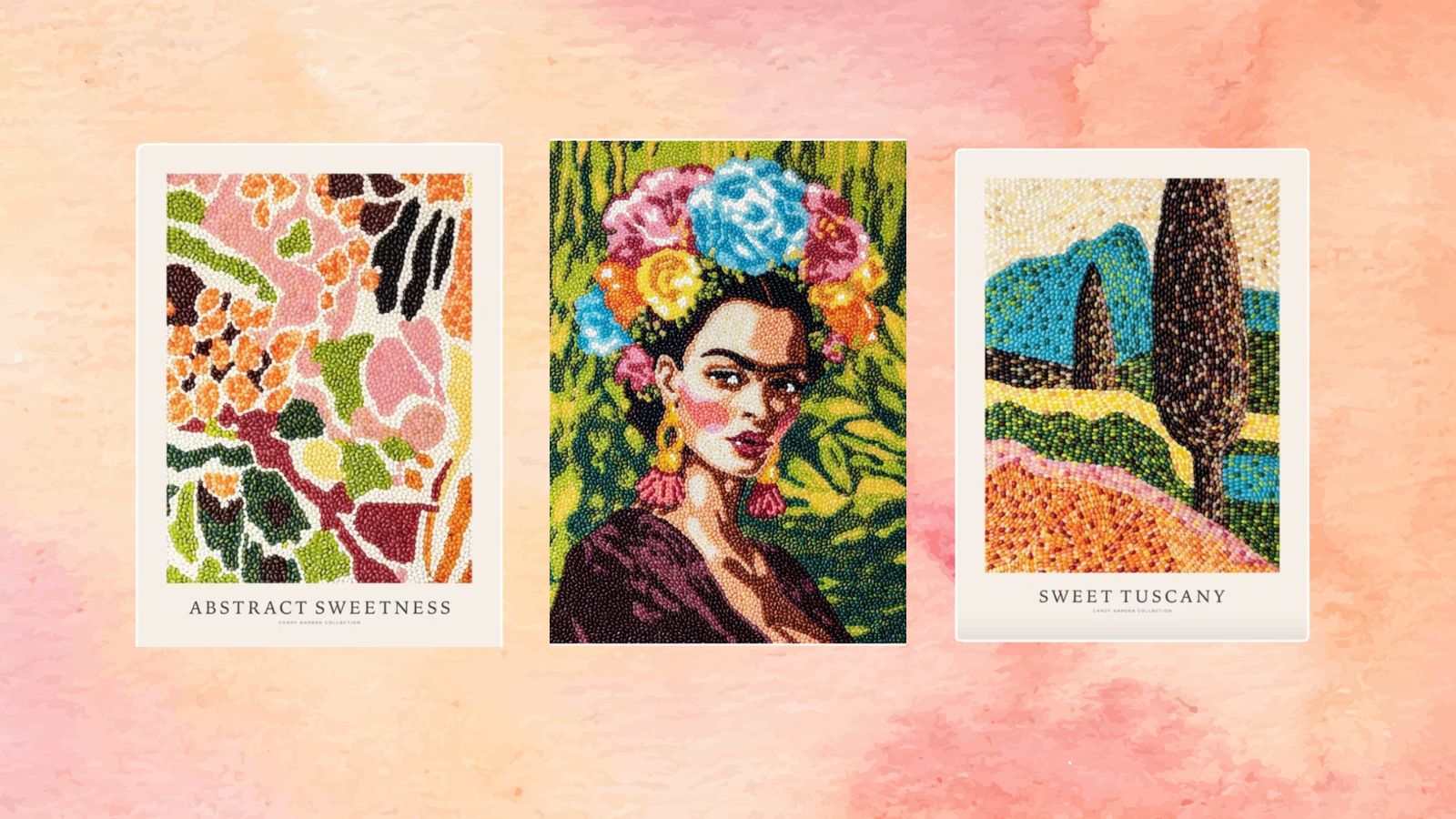 New Desenio prints made entirely of candy take mosaics in a sweet new direction — and start at just $29.95
New Desenio prints made entirely of candy take mosaics in a sweet new direction — and start at just $29.95Yes, folks: the new Desenio prints in the "Candy Garden" collection are made entirely of jelly beans. Here's what to know about the whimsical collection and where to shop
By Danielle Valente
-
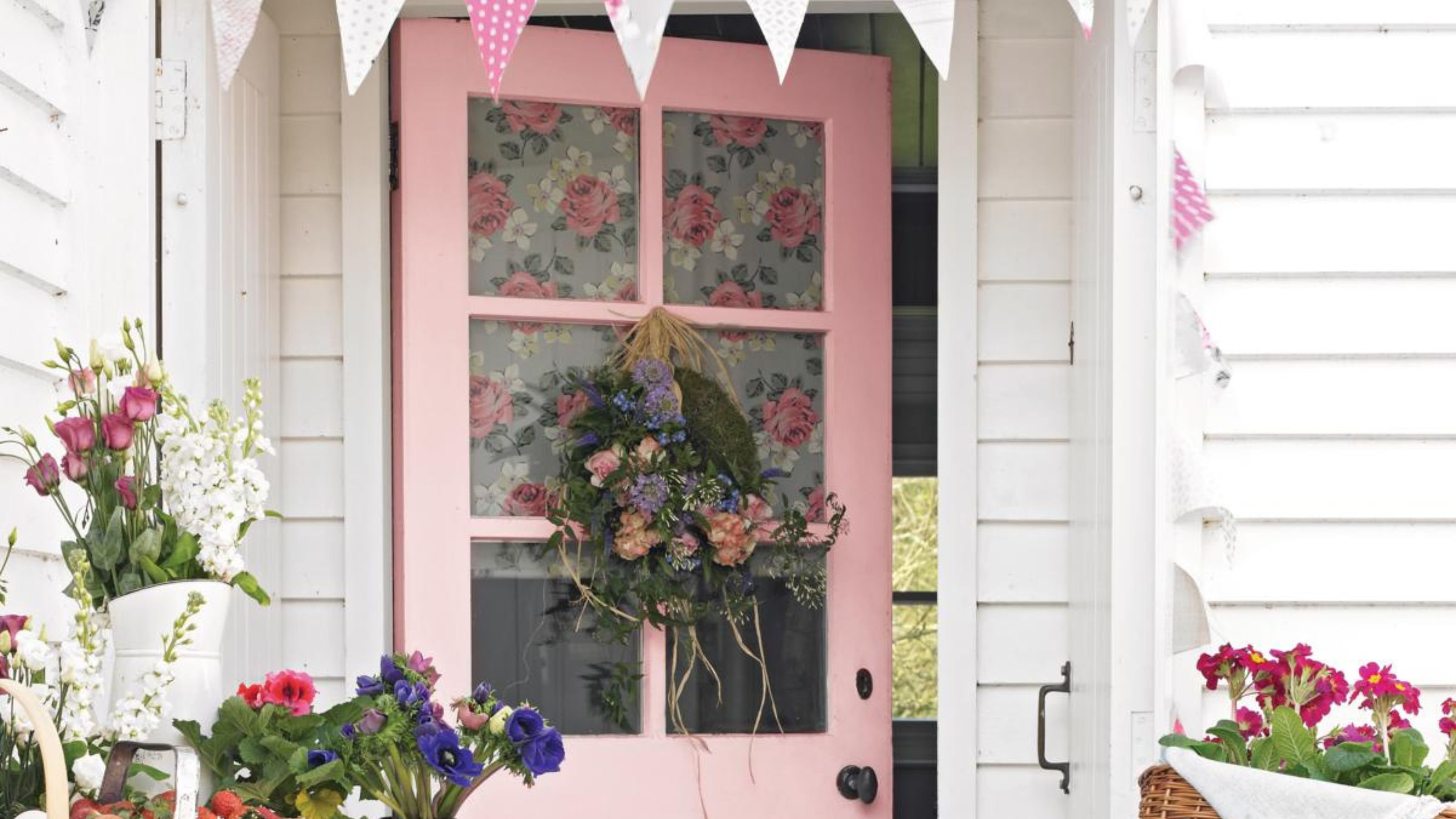 7 sweet spring front door ideas to try this season
7 sweet spring front door ideas to try this seasonLooking for spring front door ideas? We've spoken with designers to find out what they do to make doors look beautiful for the season and curated buys to match
By Eve Smallman
-
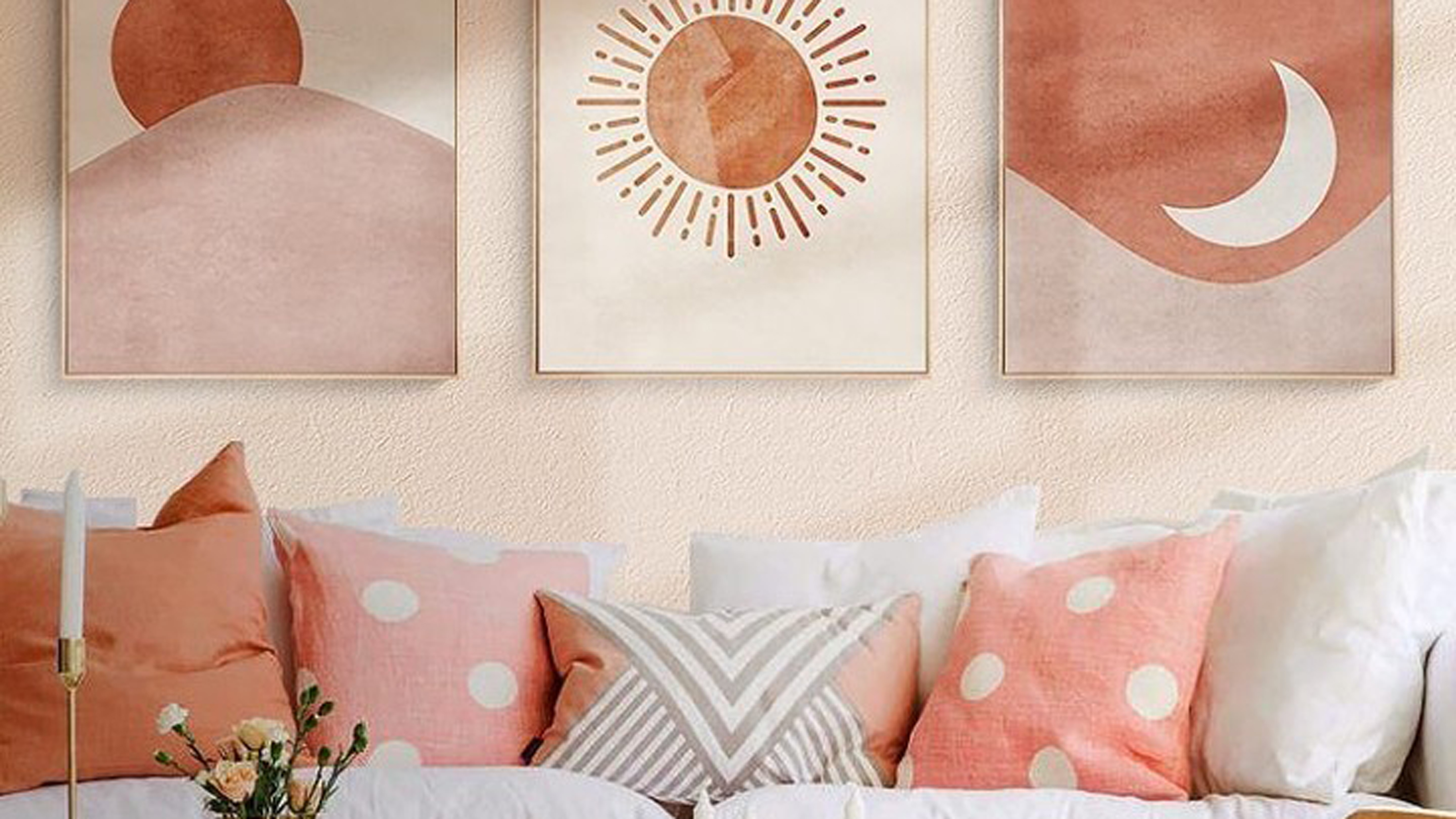 I'm a home stylist — but these are my regret buys
I'm a home stylist — but these are my regret buysEven "experts in the know" make mistakes when buying decor for rentals. I'm sharing my guilty-as-charged picks so that you can swerve
By Holly Phillips
-
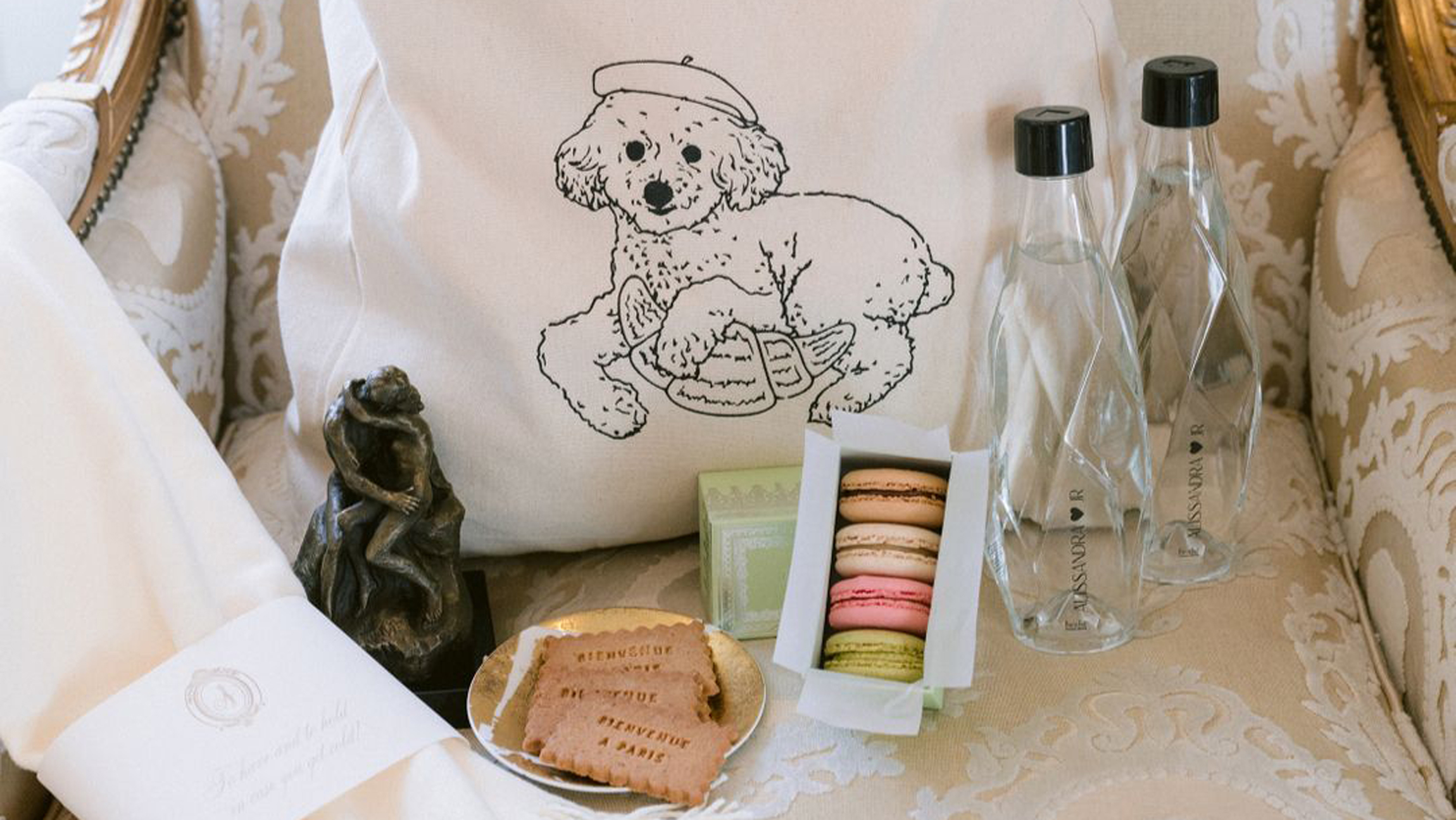 8 thoughtful ideas to elevate a guest's stay
8 thoughtful ideas to elevate a guest's stayMake guests feel welcome and extra special in your abode with affectionate touches and doting details of happy
By Holly Phillips
-
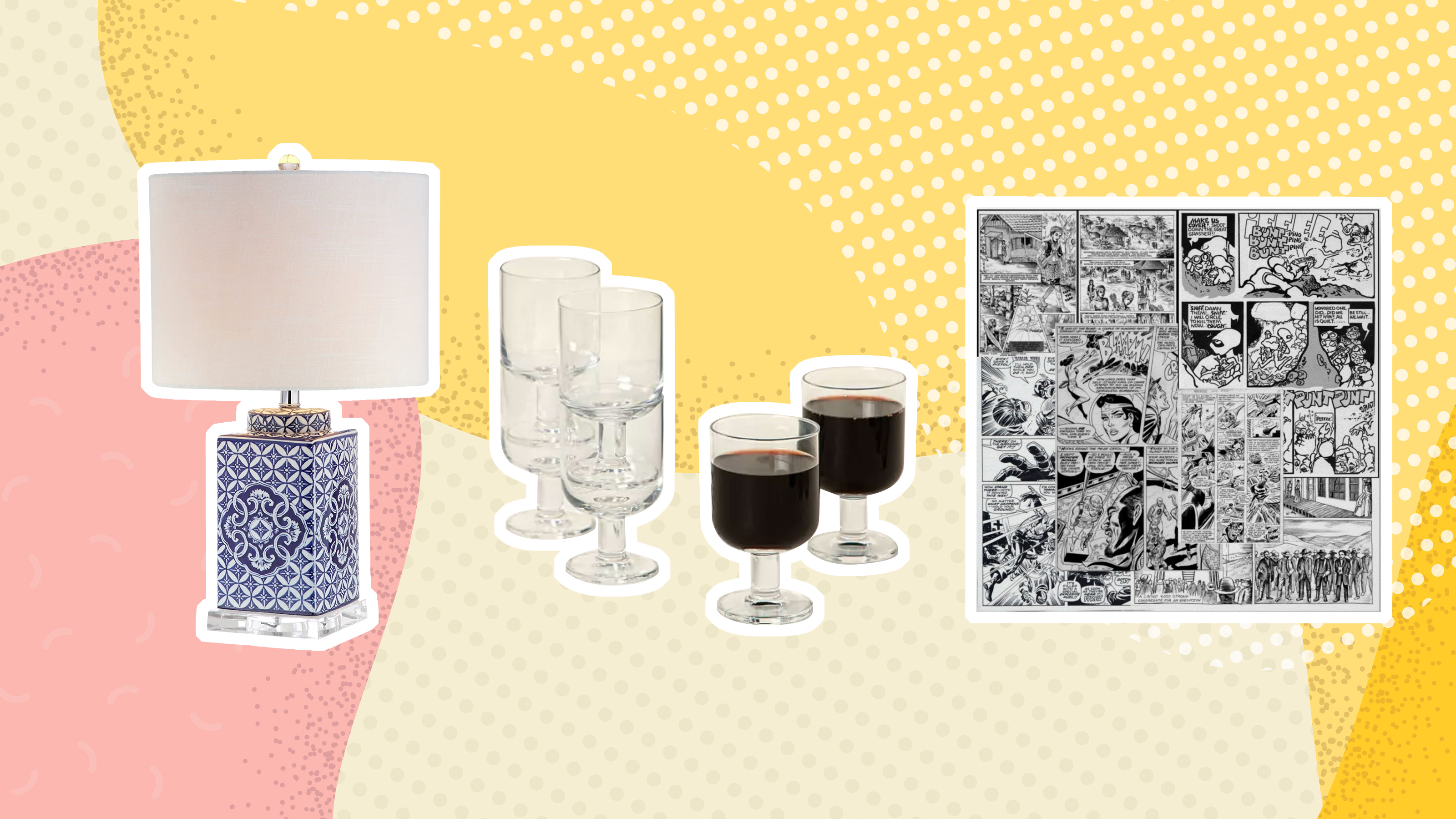 I just spent a week visiting my fam in France, and I now have 5 new home decor cravings
I just spent a week visiting my fam in France, and I now have 5 new home decor cravingsAfter spending a week visiting my family in France, there are five things I'm ordering ASAP for my London rental
By Camille Dubuis-Welch
-
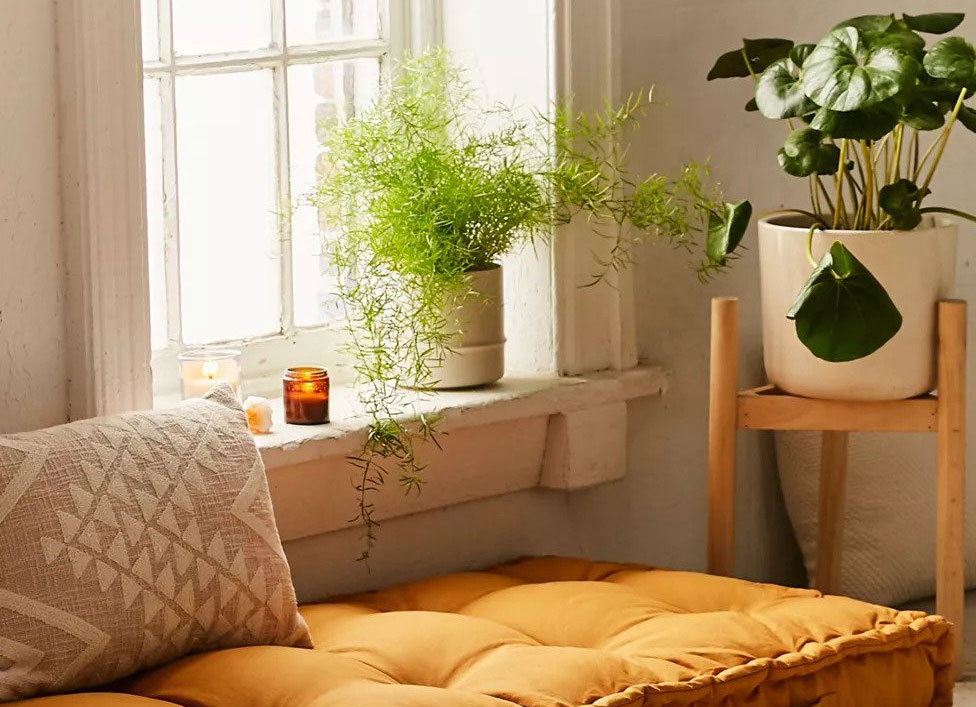 5 colors you should skip using in a small apartment, according to a designer
5 colors you should skip using in a small apartment, according to a designerAn interior designer tells us which five colors to avoid painting a tiny apartment and how to incorporate those out-of-bounds hues instead and avoid small apartment color mistakes
By Kara Thompson
-
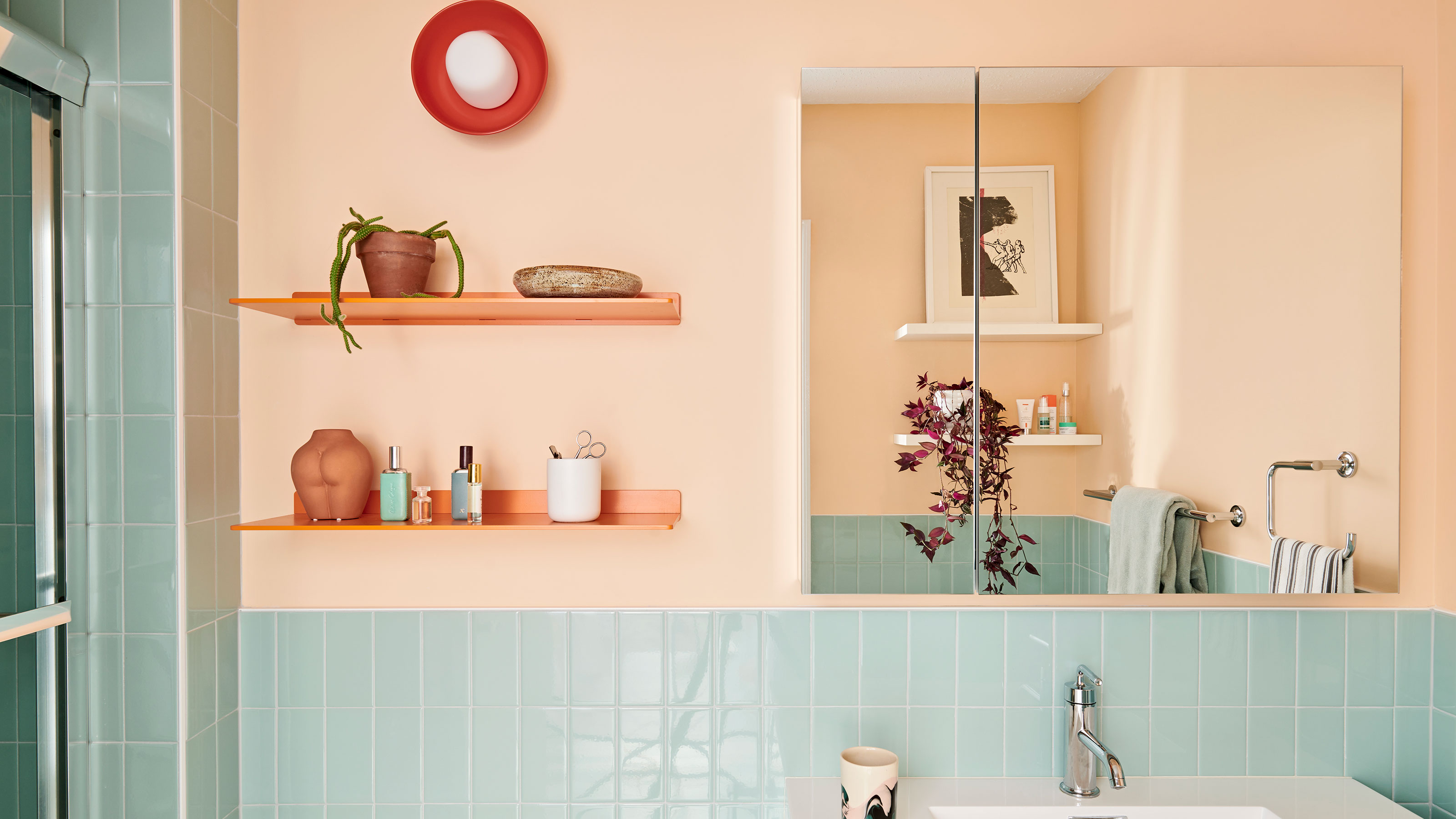 Sick of winter? Bring these spring colors into your home now
Sick of winter? Bring these spring colors into your home nowThese spring home color trends are the best remedy for a long, chilly winter. Here's how to incorporate these hues into your home
By Kara Thompson
-
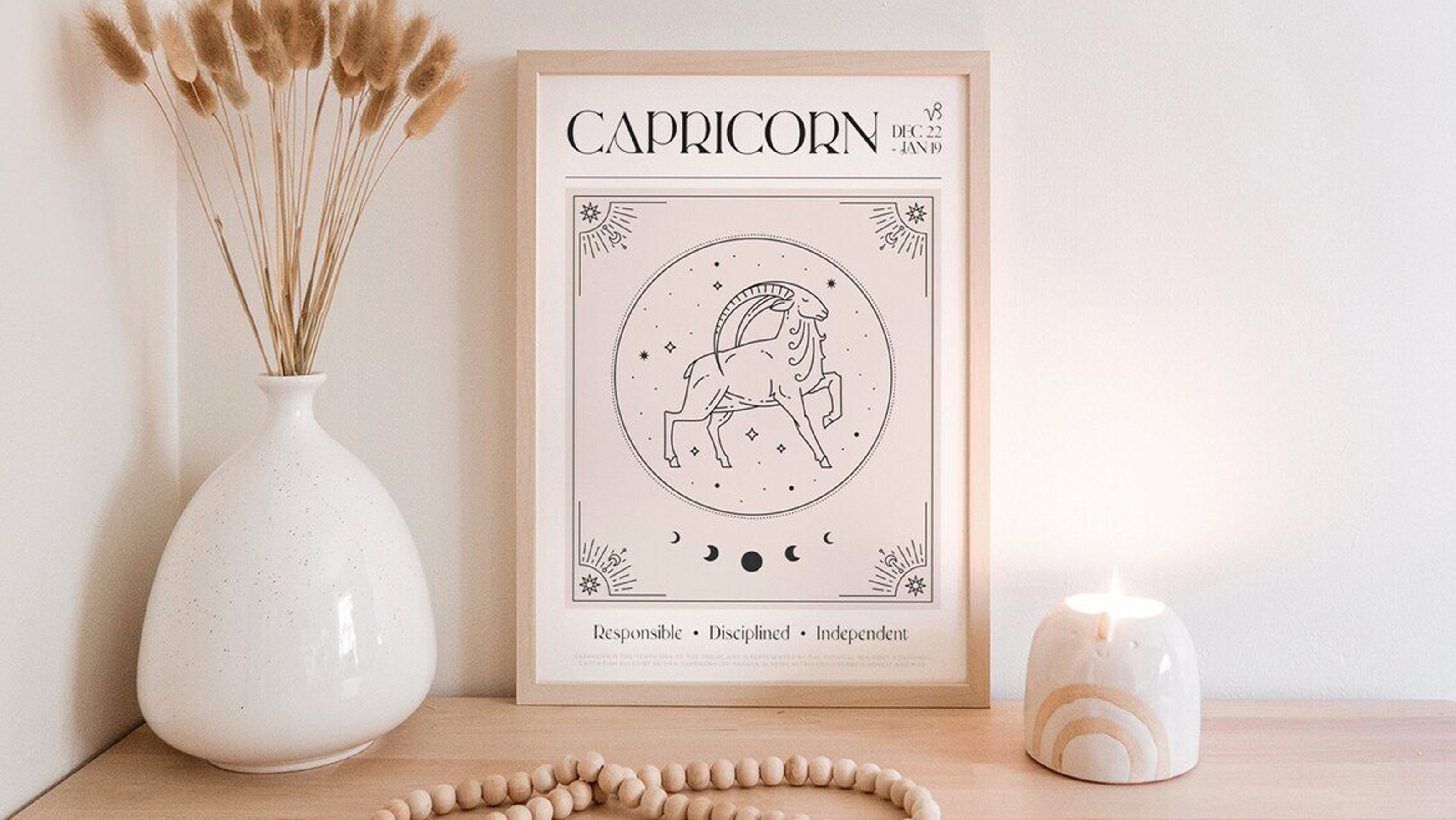 This is how I'm styling my home to snap out of the January blues
This is how I'm styling my home to snap out of the January bluesBanish the winter blues with my favorite happy home hacks that will put the sparkle back into your space (and your special day)
By Holly Phillips